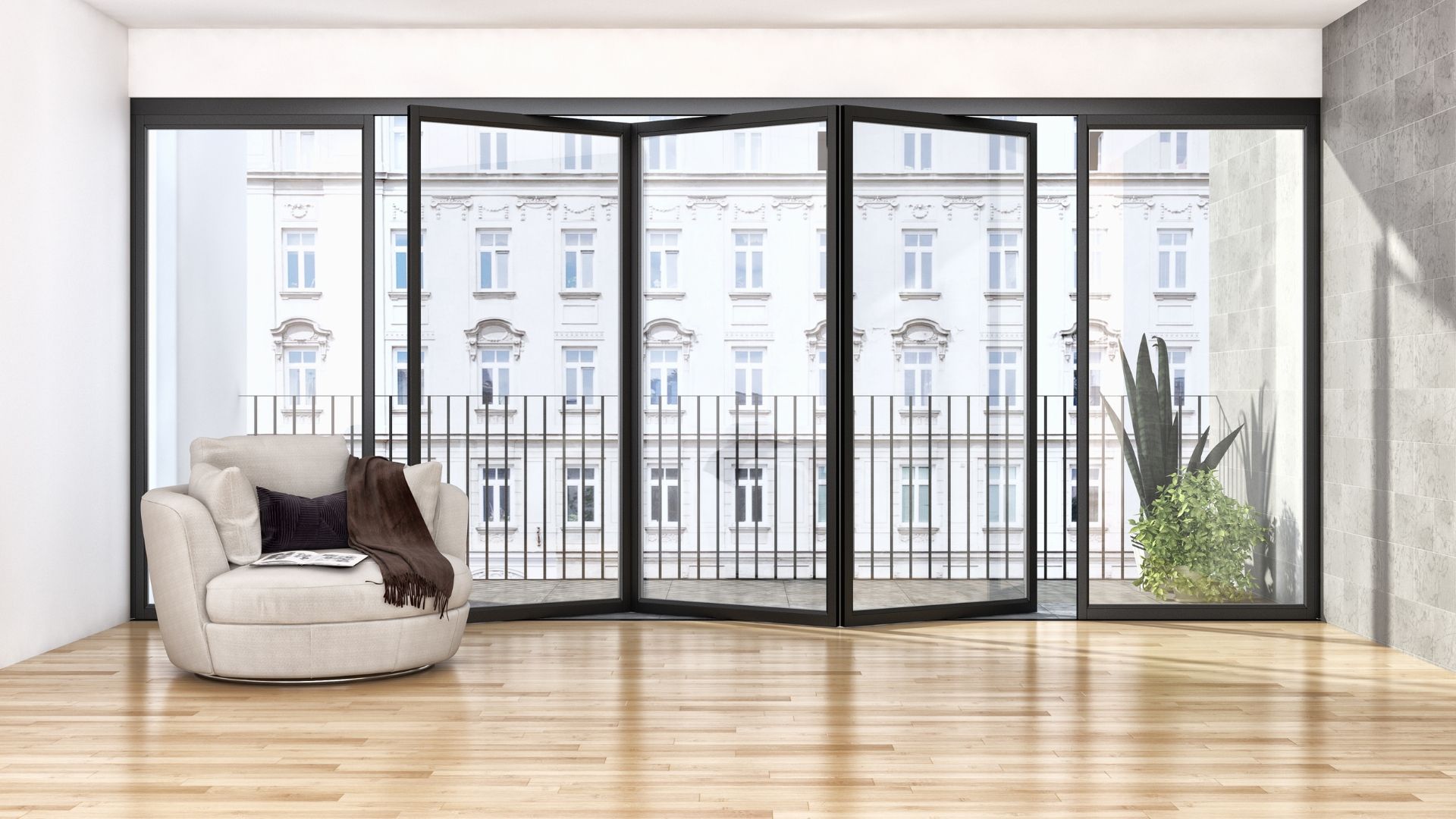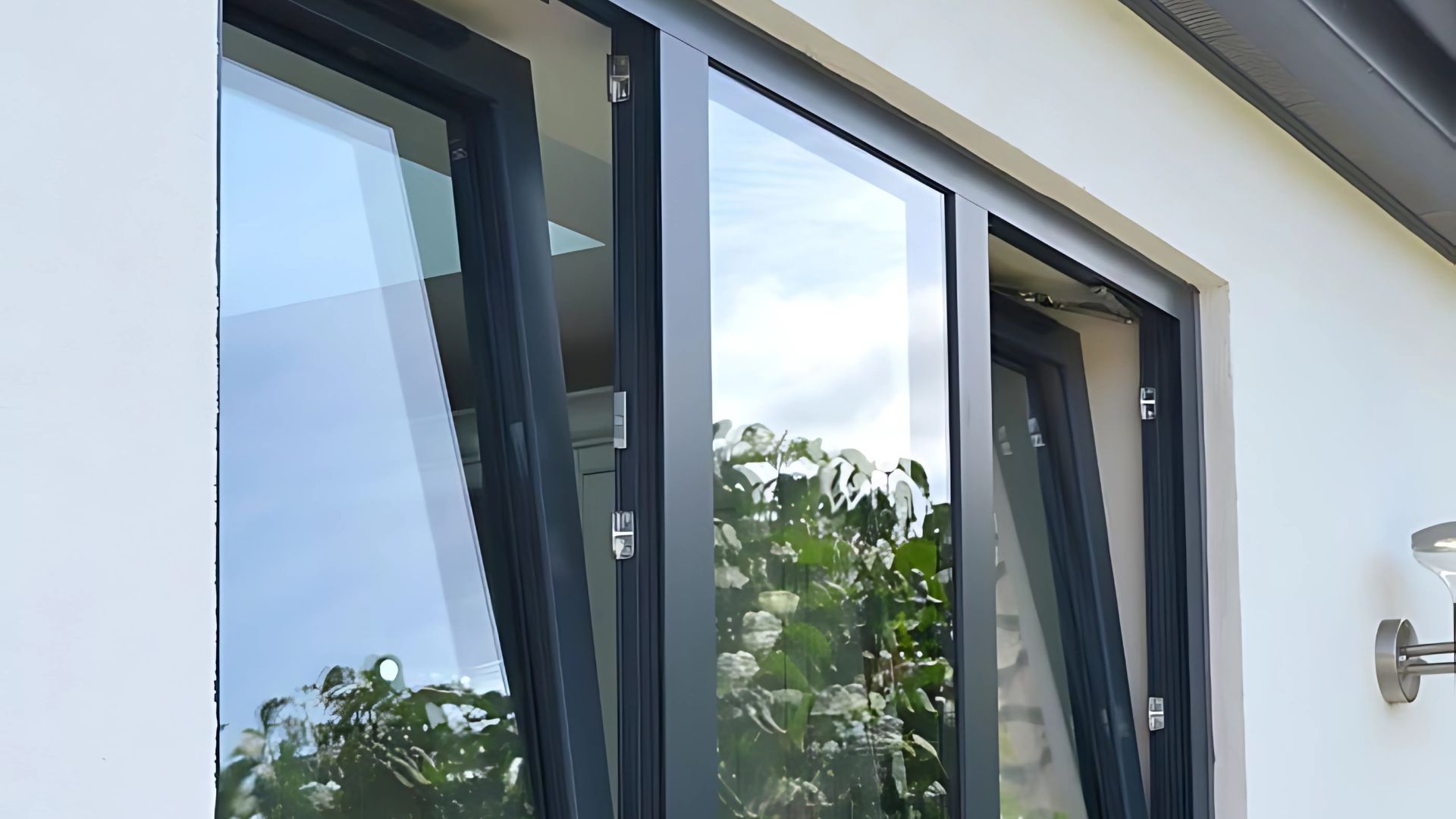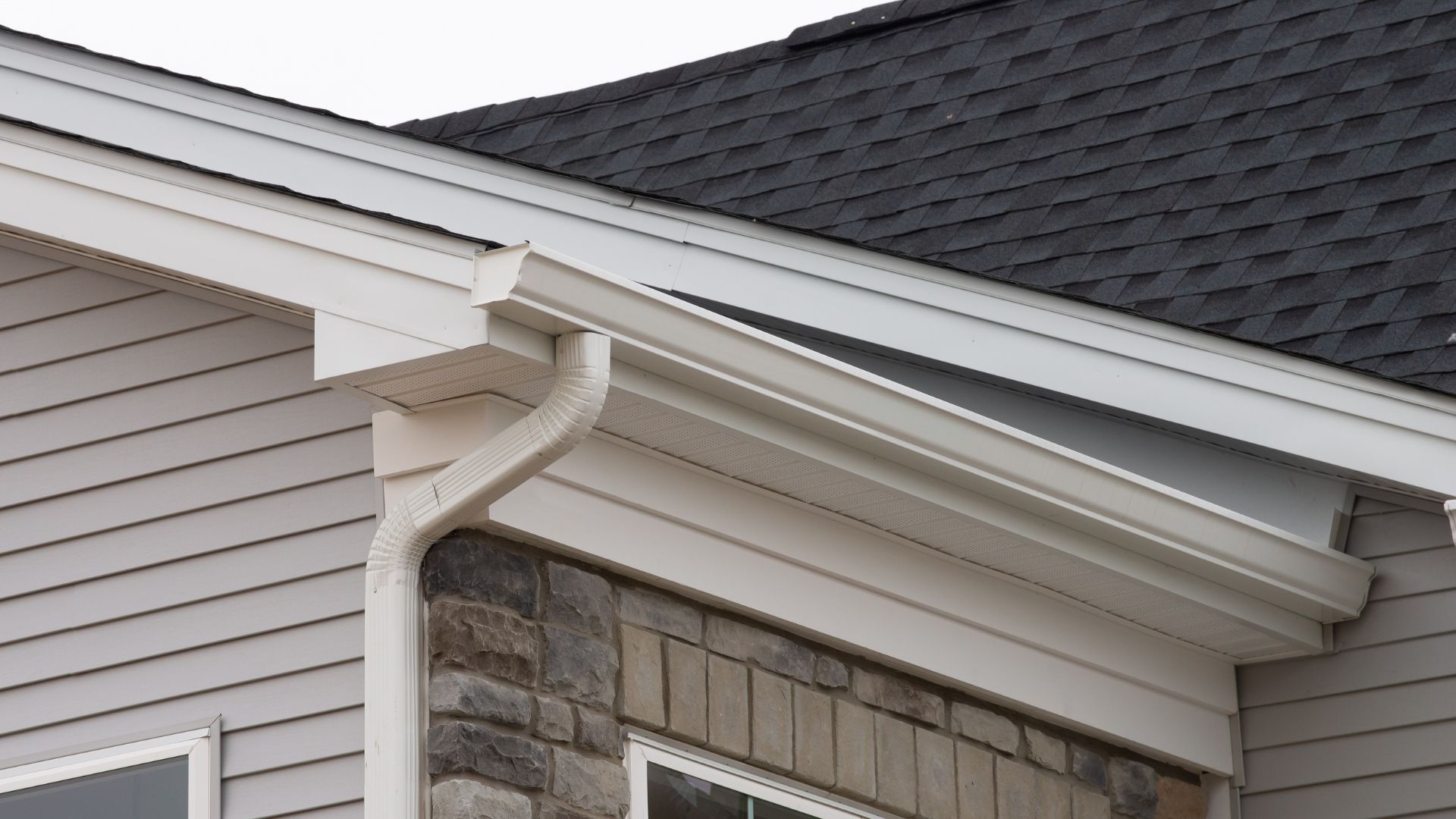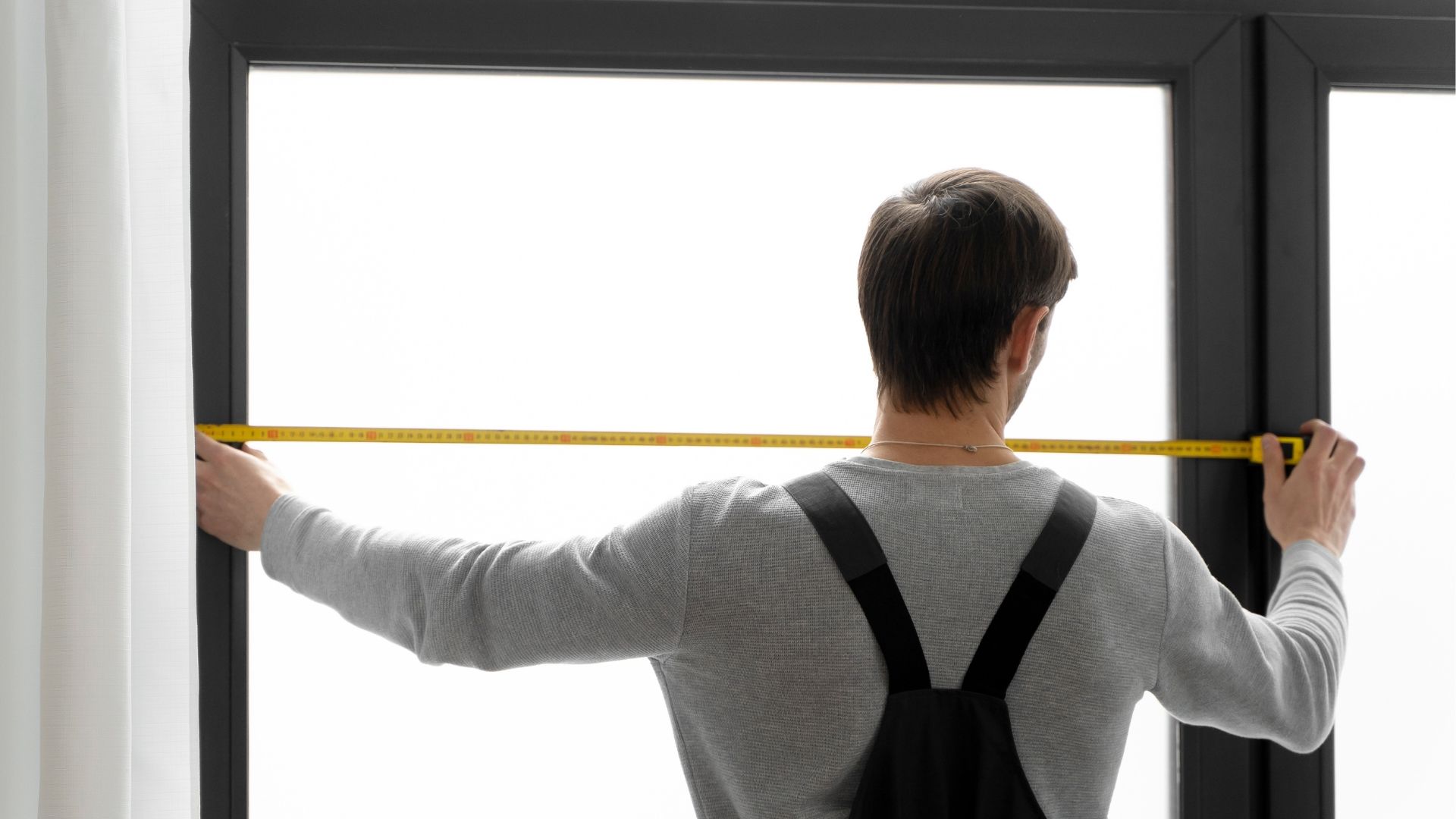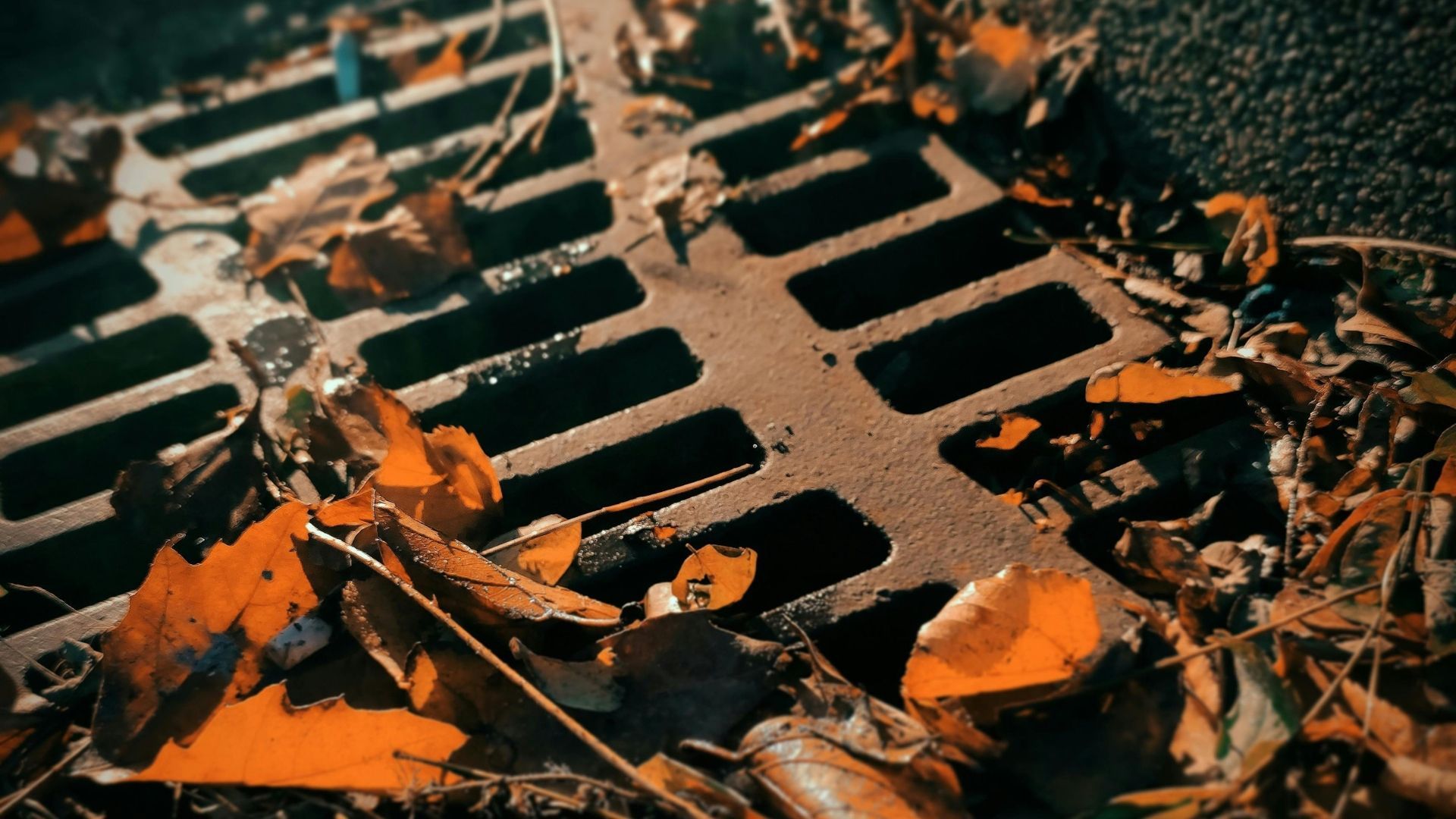What causes window condensation (and how to stop it)
Discover the most common causes of window condensation and how to keep it out of your home.
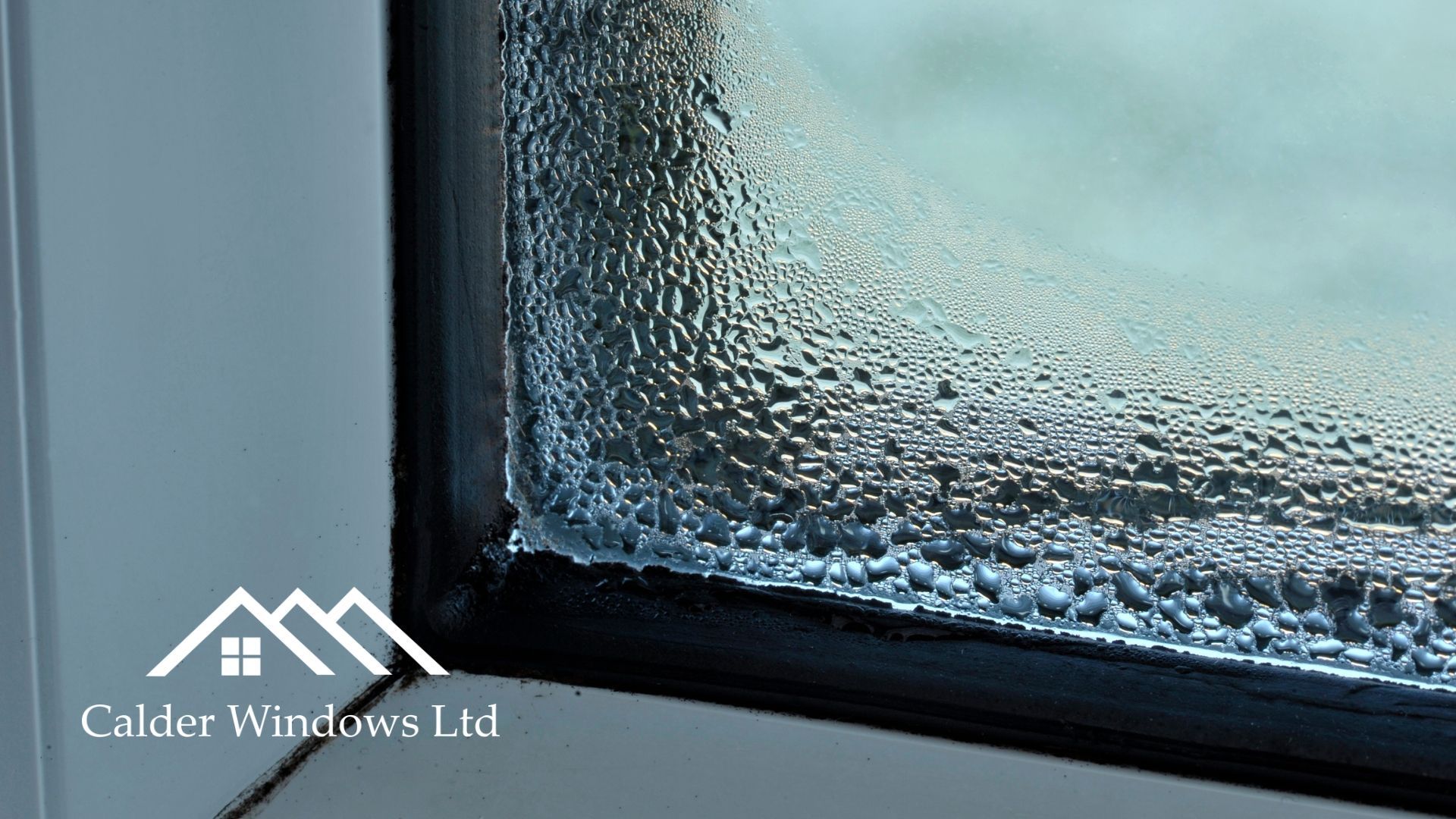
Window condensation can be annoying at best and harmful at worst. It's perfectly understandable that you might want to get rid of it and put things in place to prevent it from occurring again.
That's why we've created this guide. We'll show you what causes condensation and how to stop it from forming on the inside and outside of your windows.
Why does window condensation happen?
Condensation occurs when warm, moist air from indoors meets a cooler surface, such as a glass window pane.
Glass is up there with the coldest home materials. That's why water vapour makes its home there, condensing to form that foggy effect. Then, if there's excess moisture, it rolls down the pane in droplets before collecting in the seals or on your windowsill.
Top causes of window condensation
Lack of home ventilation, poor insulation and high humidity levels can make condensation on inner windowpanes worse.
Condensation inside double glazing, meanwhile, can be caused by deteriorating window seals and faulty spacer bars that stop absorbing excess moisture. In cases like this, the only answer might be to fit brand-new, high-quality
double- or triple-glazed windows.
The dangers of window condensation
What starts off feeling like a nuisance can quickly turn into damage to your home, dangerous mould growth and the health concerns that come with that. These can include respiratory issues, weakened immune systems and skin problems.
Top tips on how to prevent window condensation
Ready to say goodbye to window condensation? Try these top tips to help you banish the damp wetness from your windows once and for all.
How to prevent condensation on the inside pane
1. Step up your ventilation
When warm air can flow in and out of your house, condensation becomes less likely. There are several ventilation strategies available, including:
- Opening windows, especially at nighttime if it's not too cold. This allows condensation-causing moist air to evacuate the building, reducing humidity in your house.
- Ventilating built-in cupboards and wardrobes
with devices like airbricks and vents. You can also leave the door open a smidge
to prevent hot air from brewing inside and causing condensation.
- Installing extractor fans in bathrooms and kitchens. These devices swiftly deal with excess moisture from these potentially steamy rooms and prevent condensation from reaching windows and other glass surfaces.
2. Take control of humidity levels
Certain activities in the house can increase condensation-causing humidity in the air. Here are some problem activities and their solutions:
- Drying clothes indoors can cause humidity levels to rise. If possible, dry clothes outside on the line or in a dryer to reduce air moisture levels in your home.
- Cooking on the hob.
Now, we know this one can be hard to avoid, so at least try to cover any pans while cooking. This will prevent steam from escaping into the room and onto your windows.
- Taking long showers. We know, we know… they feel so good. However, taking long showers without cracking a window or having adequate ventilation can lead to window condensation.
- Plants. Perhaps surprisingly, our little potted pals release moisture into the air. To help prevent them from contributing to condensation, move them away from windows.
To help keep the perfect moisture balance in your home, you could also consider investing in a dehumidifier or two.
3. Insulate your windows
Single-pane windows are renowned for condensation. This is one of the reasons double-glazed windows were invented – as well as keeping us warm, they help to reduce moisture build-up.
Double glazing works by keeping an air gap between two window panes. This air gap forms a barrier that shields the interior from cold temperatures outside.
So, if you have some single panes knocking around and are suffering from condensation, it may be time to upgrade them with some double glazing.
4. Step up your seal game
Make sure you get a sealant you can trust to keep the moisture out and last. Look for the following features to ensure optimum sealing power:
- Durability. You want a sealant with staying power – one that acts as a long-lasting barrier against cold air from outside.
- Flexibility. The sealant should allow for movement within the window frame.
- Suitability. You need to seal windows from the inside and the outside so make sure your sealant is up to the job. Some can be used indoors and outdoors so you won't have to buy two separate products
How to prevent condensation inside the windowpanes
Get a professional in to seal
The main culprit of condensation inside your windowpanes is ineffective sealant. Sometimes, the best thing you can do is
get a professional to seal your windows, as they will have the best and fastest technique.
This is especially important if you're sealing multiple windows.
Replace your double glazing
If your double glazing is accumulating condensation in between the windowpanes, it may be best to replace the window parts that are letting in the moisture or get brand-new
uPVC replacement windows.
When is it time to replace my foggy windows?
If you follow all the tips above but still have condensation, it may be time to get some brand-new windows. There's only so much you can repair before it's more beneficial and cost-effective (in the long run) to get new windows.
You also need to make sure the people fitting your windows do a good job to help keep any future moisture out from inside the panes and inside your house.
If you're looking for reliably fitted high-quality windows in Yorkshire, we can help here at Calder Windows. As the region's window and door specialists, we supply only the best products from trusted retailers, a professional fitting service and a 10-year warranty for all window installations.
Get in touch today to speak to one of our friendly window experts and we'll work hard to help with your window condensation or any other home refurbishment needs.
Get a FREE quote
Are you on the lookout for uPVC window fitters in Wakefield or West Yorkshire? With over 30 years' experience and an extensive range of uPVC windows, we can help. Request a quote today or apply for finance and spread the cost.



